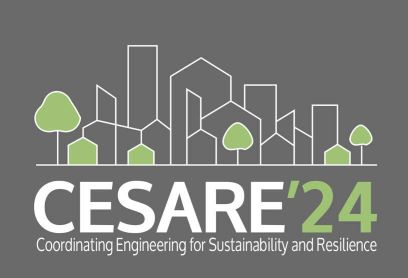Speakers
Description
The built environment is responsible for around 50% of the total extraction of raw materials. Furthermore, 25% of all waste in the European Union is construction and demolition waste, which comprises numerous materials that still have the potential for reuse and recycling. Due to the planet's finite reserves of raw materials, transitioning towards a circular approach in the built environment to achieve sustainability, particularly at the design level, is inevitable. This is precisely where the vital role of criteria and indicators as the primary measurement tools comes into play. Criteria and indicators of the circular built environment are essential tools used to assess and guide the implementation of circular economy principles into the design and construction of buildings and infrastructure. This study aims to analyse the international, European, and national policies, standards, and references and extract and present the remarkable and relevant existing circularity indicators at the building design level. Subsequently, a categorised list of the most notable and commonly employed indicators to measure building design-level circularity is discussed. To achieve this, a bibliographic-analytical approach is used to analyse the prevalence and alignment of several sustainability and circularity criteria at the building design level in national and international policies and standards. Finally, the indicators are classified into seven categories: Material and Resources, Energy efficiency, Water efficiency, Waste Management, Emission to Air, social and economic indicators. In conclusion, suggestions for further research which have the potential to facilitate the design processes of engineers, architects, and stakeholders are presented. The outcomes of this research can significantly contribute to creating a more circular and, consequently, sustainable built environment.
| Keywords | indicators, circularity, building, design. |
|---|---|
| Topics | Circular economy |

